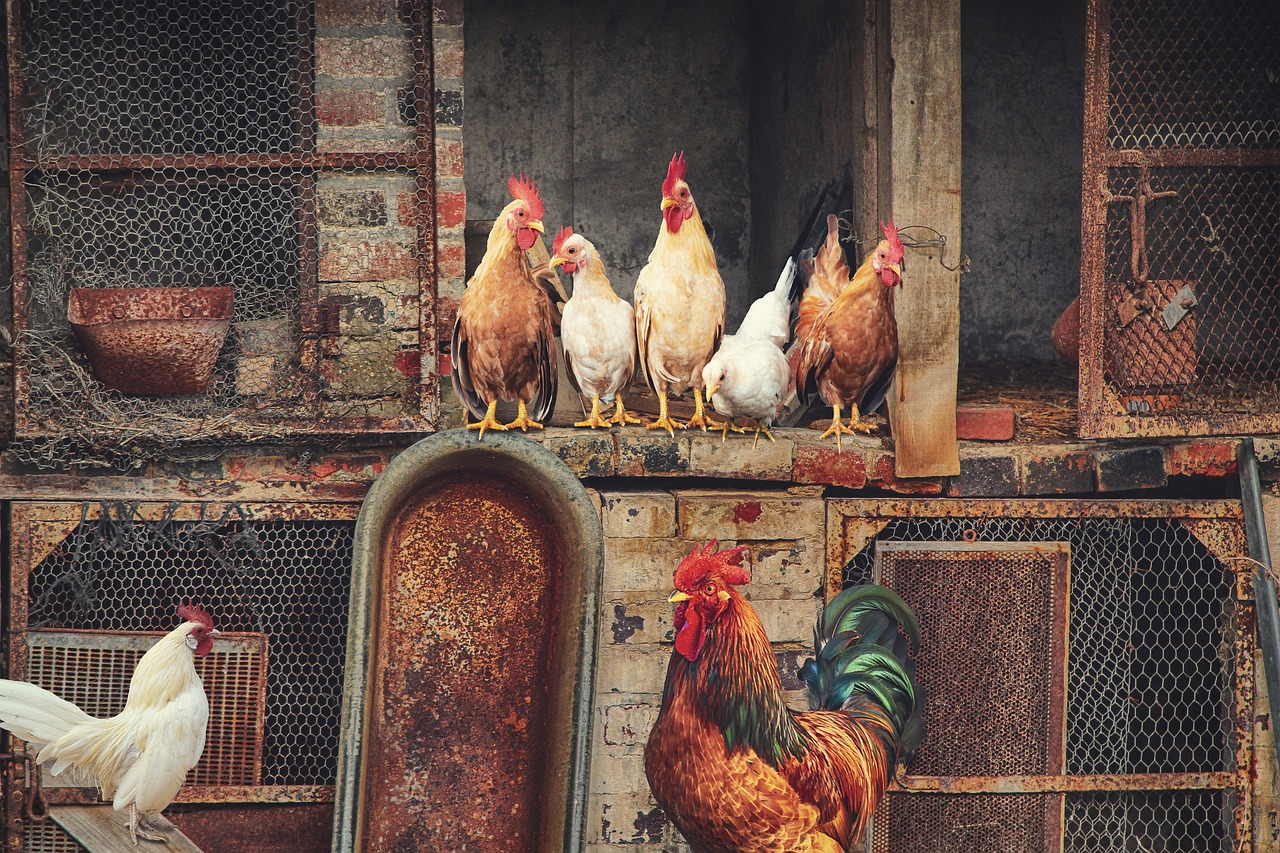Setting up a chicken coop can be an exciting and rewarding experience. Not only will you enjoy the benefits of fresh eggs daily, but you will also have the joy of watching your flock grow and thrive.
In this article, we will guide you through setting up your chicken coop, from choosing the right location to adding the essential features.
Let’s get started!
Choosing the Right Location
Selecting the perfect location for your chicken coop is essential for the health and well-being of your feathered friends.
Look for an area in your backyard that is well-drained, slightly elevated, and receives ample sunlight.
Avoid low-lying or damp areas, as they can create moisture-related issues that may harm your chickens.
Designing Your Coop
When it comes to the design of your chicken coop, simplicity and functionality should be your priorities. You can either purchase a ready-made coop or build one on your own.
Whichever option you choose, ensure the coop provides at least 4 square feet of space per chicken, with additional space for nesting boxes and roosting bars.
Essential Features
Now, let’s look at the essential features your chicken coop needs:
1. Ventilation: Proper ventilation is crucial to maintain good air quality inside the coop. Ample fresh air flow will prevent the build-up of harmful gases and moisture. Install windows with screens and adjustable vents to ensure optimal ventilation.
2. Nesting Boxes: Provide comfortable and spacious nesting boxes for your hens to lay their eggs. One nesting box is sufficient for every 3-4 hens. Line them with clean and soft materials like straw or wood shavings.
3. Roosting Bars: Chickens love to perch, especially at night when they sleep. Install roosting bars at different heights to give them options. Make sure the bars are comfortable and wide enough for them to sit on without their feet touching the ground.
4. Easy Access: Make sure your coop design allows easy cleaning, feeding, and egg collection access. A hinged or removable roof can provide easy access to the coop interior.
Setting Up the Run
Providing a secure run for your chickens is essential to protect them from predators and allow them to roam freely.
While chickens need space to graze, a run should be securely fenced, ensuring protection from predators like dogs, raccoons, and foxes. Allow a minimum of 10 square feet per chicken in the run area.
FAQs (Frequently Asked Questions)
What kind of flooring is best for a chicken coop?
Concrete, dirt, or wooden floors are commonly used in chicken coops. Ensure the flooring is easy to clean and provides insulation against cold weather.
How often should I clean the coop?
Regularly cleaning the coop is crucial to maintain a healthy environment. Removing droppings, replacing bedding, and cleaning nesting boxes should be done at least once a week.
How many nesting boxes do I need?
One nesting box is sufficient for every 3-4 hens. However, having an extra box or two is always good, as chickens can be selective about where they lay their eggs.
Do I need a light source inside the coop?
Chickens need about 12-14 hours of light daily to continue consistently producing eggs. It is recommended to provide a light source during winter when daylight hours are shorter.
How do I predator-proof my coop?
Secure the coop with strong wire mesh, bury it at least a foot underground, and cover it with a roof or netting to prevent predators from digging in or climbing over.
Setting up your chicken coop should be an enjoyable experience. Enjoy the process and the rewards of raising your chickens!

